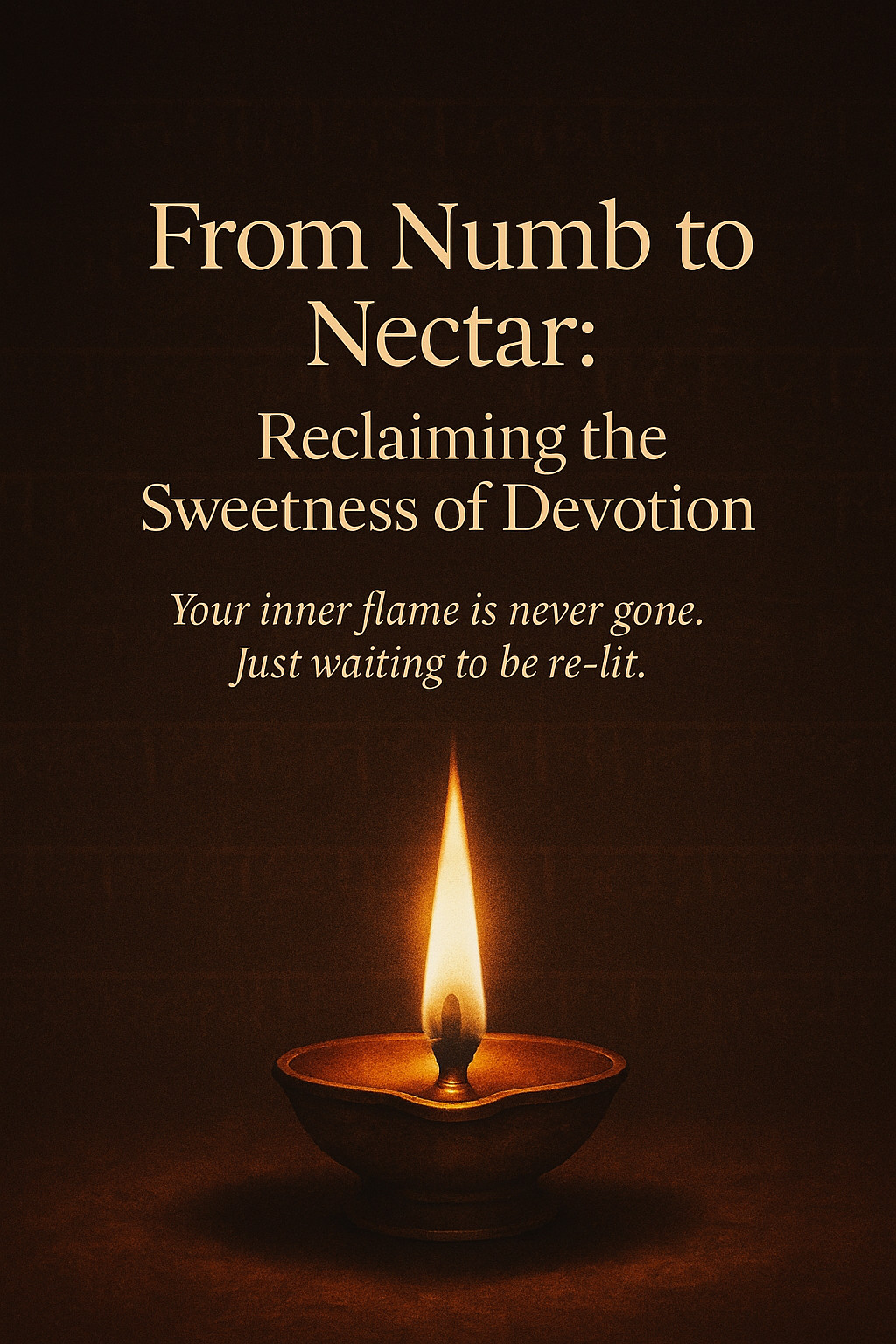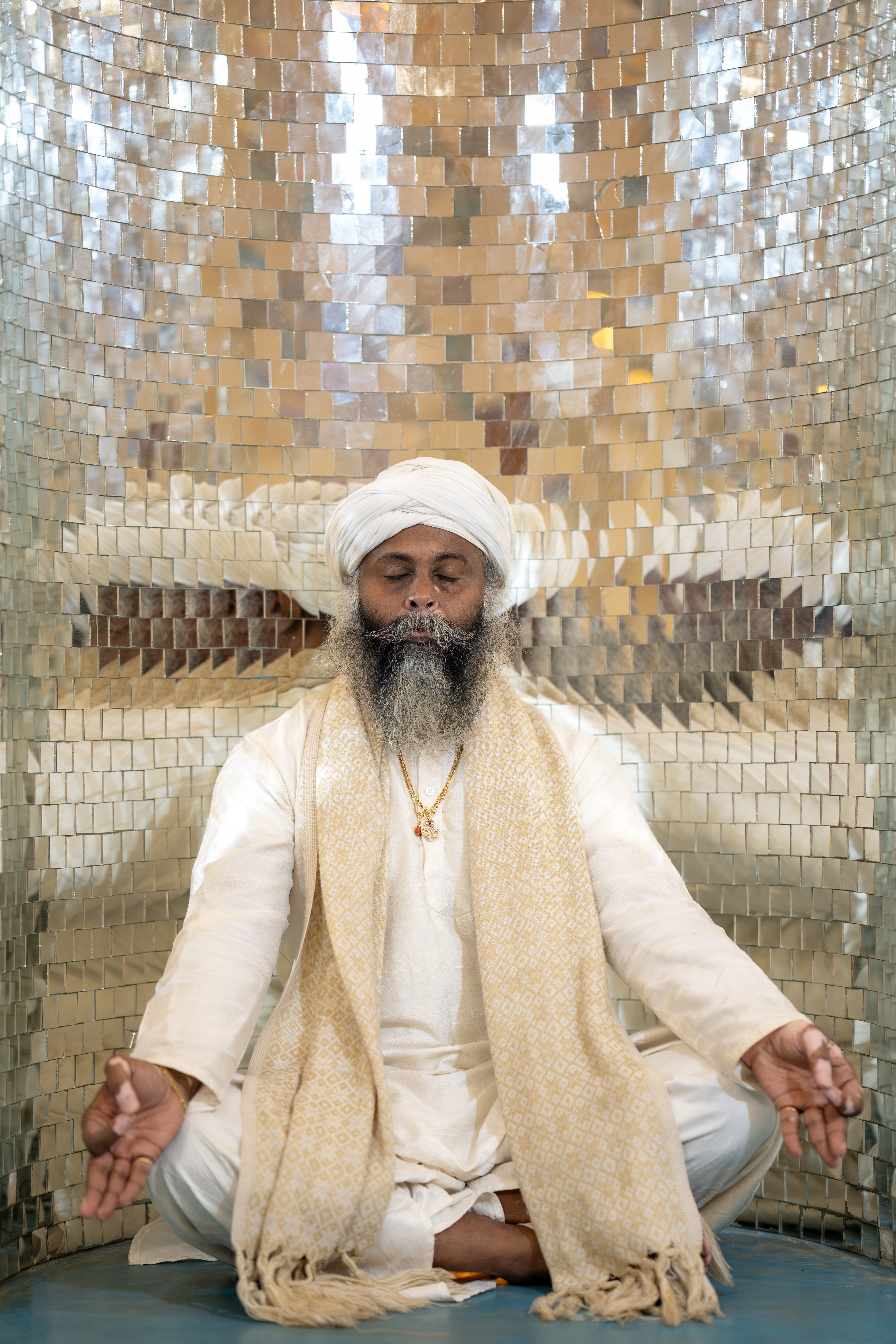We often think of posture as something we correct with our shoulders or spine.
But the truth is — your posture begins with your eyes.
But the truth is — your posture begins with your eyes.
Yes, how and where you focus your gaze deeply influences the alignment of your entire body.
And at the center of this connection are some tiny, powerful muscles you’ve probably never heard of:
The suboccipitals.
The suboccipitals.
🧠 What Are the Suboccipital Muscles?
Located at the base of your skull, just beneath the occipital bone, the suboccipital muscles are a group of small but mighty muscles that link your head to the top of your cervical spine.
Their names may sound complex — rectus capitis posterior major and minor, obliquus capitis superior and inferior — but their role is simple and profound:
✅ They fine-tune the position of your head.
✅ They adjust your gaze.
✅ They serve as key sensory organs in your nervous system.
✅ They adjust your gaze.
✅ They serve as key sensory organs in your nervous system.
That’s right — these aren’t just mechanical muscles.
They’re packed with muscle spindle cells, which make them highly sensitive to movement, balance, and spatial awareness.
They’re packed with muscle spindle cells, which make them highly sensitive to movement, balance, and spatial awareness.
👁️ Your Eyes Lead, Your Body Follows
The body is always listening to the eyes.
Where your eyes go, your head follows.
Where your head goes, your neck, spine, and pelvis adjust to support that position.
Where your head goes, your neck, spine, and pelvis adjust to support that position.
When your eyes drop down to a phone screen, your head tilts forward.
When you stare off in worry or tension, your suboccipitals may grip unconsciously.
Over time, this leads to:
When you stare off in worry or tension, your suboccipitals may grip unconsciously.
Over time, this leads to:
- Forward head posture
- Neck pain and stiffness
- Jaw tension
- Reduced breathing capacity
- Even anxiety and nervous system imbalance
Why? Because those tiny muscles at the base of your skull are in constant communication with your brainstem, visual system, and postural reflexes.
🌀 The Subtle Relationship Between Vision & Alignment
These muscles don’t just move your head.
They stabilize your relationship with gravity.
They stabilize your relationship with gravity.
They are intimately connected to the:
- Vestibular system (balance)
- Visual tracking system
- Cervical proprioception (knowing where your head is in space)
When your gaze is anchored, calm, and level — your suboccipitals relax, your spine lengthens, and your whole body enters a state of ease.
But when your gaze is fragmented, screen-bound, or stress-scattered, those muscles stay tense, and the body subtly collapses into defensive or compensatory postures.
🧘 How to Reclaim Posture Through Eye Awareness
Postural healing isn’t just about strengthening or stretching.
It’s about re-patterning your relationship with vision and space.
It’s about re-patterning your relationship with vision and space.
Try this simple awareness practice:
👁️ Eye-Gaze Posture Reset
- Sit or stand comfortably with your feet grounded.
- Gently lift your gaze so it’s level with the horizon — not down at a screen or up at a ceiling.
- Soften your eyes — as if looking into the distance, without strain.
- Take a few slow breaths.
- Notice your neck, shoulders, and spine. Do they begin to adjust naturally?
As your eyes anchor, your head repositions.
As your head repositions, the rest of your posture recalibrates.
As your head repositions, the rest of your posture recalibrates.
This is the intelligence of your suboccipitals at work — sensing, adjusting, aligning.
🌟 Final Thoughts: Subtle Shifts, Profound Effects
The body is a symphony of small, intelligent movements.
The suboccipitals are a beautiful example — tiny muscles doing the sacred work of orientation, balance, and presence.
The suboccipitals are a beautiful example — tiny muscles doing the sacred work of orientation, balance, and presence.
Your posture is not just physical.
It’s neurological.
It’s emotional.
It’s visual.
So if you're seeking more ease, confidence, or calm in your body — don’t just stand up straighter.
Look up.
Soften your gaze.
Let your eyes guide you home.
Look up.
Soften your gaze.
Let your eyes guide you home.


0 Comments